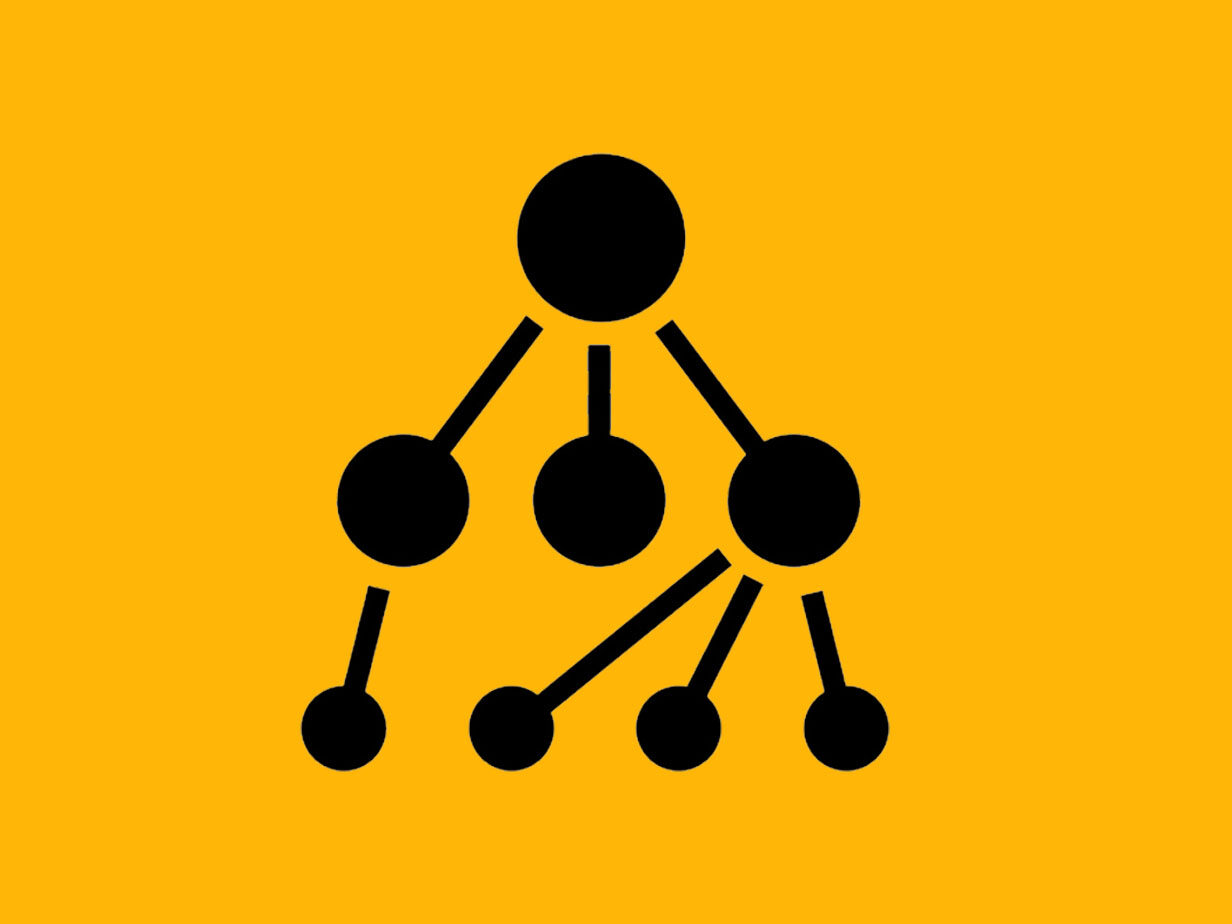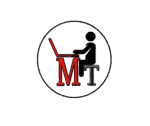Data Structures

-
Course Overview
-
Index
- Introduction of Data Structure
- Types Of Data Structures
- Operations Of Data Structures
- Concept Of Abstract Data Type
- Array Part #1
- Array Part #2
- Introduction To Stack
- Operations Of Stack ADT
- Stack Implementation Using Array Part #1
- Stack Implementation Using Array Part #2
- Introduction Of Queue
- Operations Of Queue ADT
- Queue Implementation Using Array Part #1
- Queue Implementation Using Array Part #2
- Circular Queue Implementation Part #1
- Circular Queue Implementation Part #2
- Introduction To Linked Lists
- Array Vs Linked List
- Linked List Implementation Part #1
- Linked List Implementation Part #2
- Linked List Part #3
- Linked List Part #4
- Linked List Implementation Part #5
- Linked List Implementation Part #6
- Stack Using Linked List Part #1
- Stack Using Linked List Part #2
- Queue Using Linked List Part #1
- Queue Using Linked List Part #2
- Circular Queue Using Linked List
- Implementation Of Doubly Linked List Part #1
- Doubly Linked List Part #2
- Doubly Linked List Part #3
-
Notes
-
Data Structures Viva Question
-
Importance
Data Structures
Data Structures is the semester 3 subject of computer engineering in Mumbai University. Prerequisite for studying data structure is C Programming. Course Objectives for the subject Data Structures is to teach various storage mechanisms of data.
To design and implement various data structures. To introduce various techniques for representation of the data in the real world. To teach different sorting techniques. To teach different searching techniques. Course Outcomes for the subject Data Structures Students will be able to implement various linear and nonlinear data structures. Students will be able to handle operations like insertion, deletion, searching and traversing on various data structures. Students will be able to select appropriate sorting technique for given problem. Students will be able to select appropriate searching technique for given problem. Students will be able to apply the learned concepts in various domains like DBMS and Compiler Construction. Students will be able to choose appropriate data structure for specified problem domain.
In computer science, a data structure is a data organization, management, and storage format that enables efficient access and modification.More precisely, a data structure is a collection of data values, the relationships among them, and the functions or operations that can be applied to the data. A data structure is a particular way of organizing data in a computer so that it can be used effectively.For example, we can store a list of items having the same data-type using the array data structure. A Graph is a non-linear data structure consisting of nodes and edges. The nodes are sometimes also referred to as vertices and the edges are lines or arcs that connect any two nodes in the graph. a linked list is a linear collection of data elements whose order is not given by their physical placement in memory. Instead, each element points to the next. It is a data structure consisting of a collection of nodes which together represent a sequence. A stack is an Abstract Data Type (ADT), commonly used in most programming languages. It is named stack as it behaves like a real-world stack, for example – a deck of cards or a pile of plates, etc. In computer science, a queue is a collection of entities that are maintained in a sequence and can be modified by the addition of entities at one end of the sequence and the removal of entities from the other end of the sequence.
Tree represents the nodes connected by edges. We will discuss binary tree or binary search tree specifically. Binary Tree is a special datastructure used for data storage purposes. A binary tree has a special condition that each node can have a maximum of two children. A binary tree has the benefits of both an ordered array and a linked list as search is as quick as in a sorted array and insertion or deletion operation are as fast as in linked list. a trie, also called digital tree or prefix tree, is a type of search tree, a tree data structure used for locating specific keys from within a set. These keys are most often strings, with links between nodes defined not by the entire key, but by individual characters. In order to access a key (to recover its value, change it, or remove it), the trie is traversed depth-first, following the links between nodes, which represent each character in the key.
Module Introduction to Data Structures consists of the following subtopics Introduction, Types of Data Structures – Linear and Nonlinear, Operations on Data Structures, Concept of ADT, Arrays. Module Stack and Queues consists of the following subtopics Introduction, ADT of Stack, Operations on Stack, Array Implementation of Stack, Applications of Stack – Well form-ness of Parenthesis, Infix to Postfix Conversion and Postfix Evaluation, Recursion. ADT of Queue, Operations on Queue, Array Implementation of Queue, Circular Queue, Priority Queue, Double Ended Queue, Applications of Queue. Module Linked List consists of the following subtopics Introduction, Representation of Linked List, Linked List v/s Array, Implementation of Linked List, Linked Implementation of Stack and Queue, Circular Linked List, Doubly Linked List, Application – Polynomial Representation and Addition.
Module Trees consists of the following subtopics Introduction, Tree Terminologies, Binary Tree, Representation, Types of Binary Tree, Binary Tree Traversals, Binary Search Tree, Implementation of Binary Search Tree, Applications – Expression Tree, Huffman Encoding. Search Trees – AVL, B Tree, B+ Tree, Splay Tree and Trie. Module Graphs consists of the following subtopics Introduction, Graph Terminologies, Representation, Graph Traversals – Depth First Search (DFS) and Breadth First Search (BFS), Application – Topological Sorting 06 Sorting and Searching Introduction, Bubble Sort, Insertion Sort, Merge Sort, Quick Sort. Linear Search, Binary Search, Hashing – Concept, Hash Functions, Collision Handling Techniques.
Suggested texts books for the subject Data Structures by Mumbai university is as follows Data Structures using C, Reema Thareja, Oxford. Data Structures using C and C++, Rajesh K Shukla, Wiley – India. Data Structures Using C, Aaron M Tenenbaum, Yedidyah Langsam, Moshe J Augenstein, Pearson. Data Structures: A Pseudocode Approach with C, Richard F. Gilberg & Behrouz A., Forouzan, Second Edition, CENGAGE Learning. Introduction to Data Structure and Its Applications, JeanPaul Tremblay, P. G. Sorenson Suggested reference books for the subject Data Structures by Mumbai university is as follows C & Data Structures, Prof. P.S. Deshpande, Prof. O.G. Kakde, DreamTech press.Data Structure Using C, Balagurusamy. 3. Data Structures Using C, ISRD Group, Second Edition, Tata McGraw-Hill. 4. Data Structures, Adapted by: GAV PAI, Schaum‟s Outlines.
Prepare For Your Placements: https://lastmomenttuitions.com/courses/placement-preparation/
![]()
/ Youtube Channel: https://www.youtube.com/channel/UCGFNZxMqKLsqWERX_N2f08Q
Follow For Latest Updates, Study Tips & More Content!
Course Features
- Lectures 52
- Quizzes 0
- Duration 50 hours
- Skill level All levels
- Language English
- Students 1145
- Certificate No
- Assessments Yes
-
kunnudev
Awesome DSA teaching
Great very easy language and easy to understand awesome job.
-
ATISH KUMAR SAHU
Review
I just completed the entire course & in every lecture session you taught very clearly & the teaching technique was outstanding. I suggest my friends take this course so they will also learn the fundamental concept of Data Structures.


